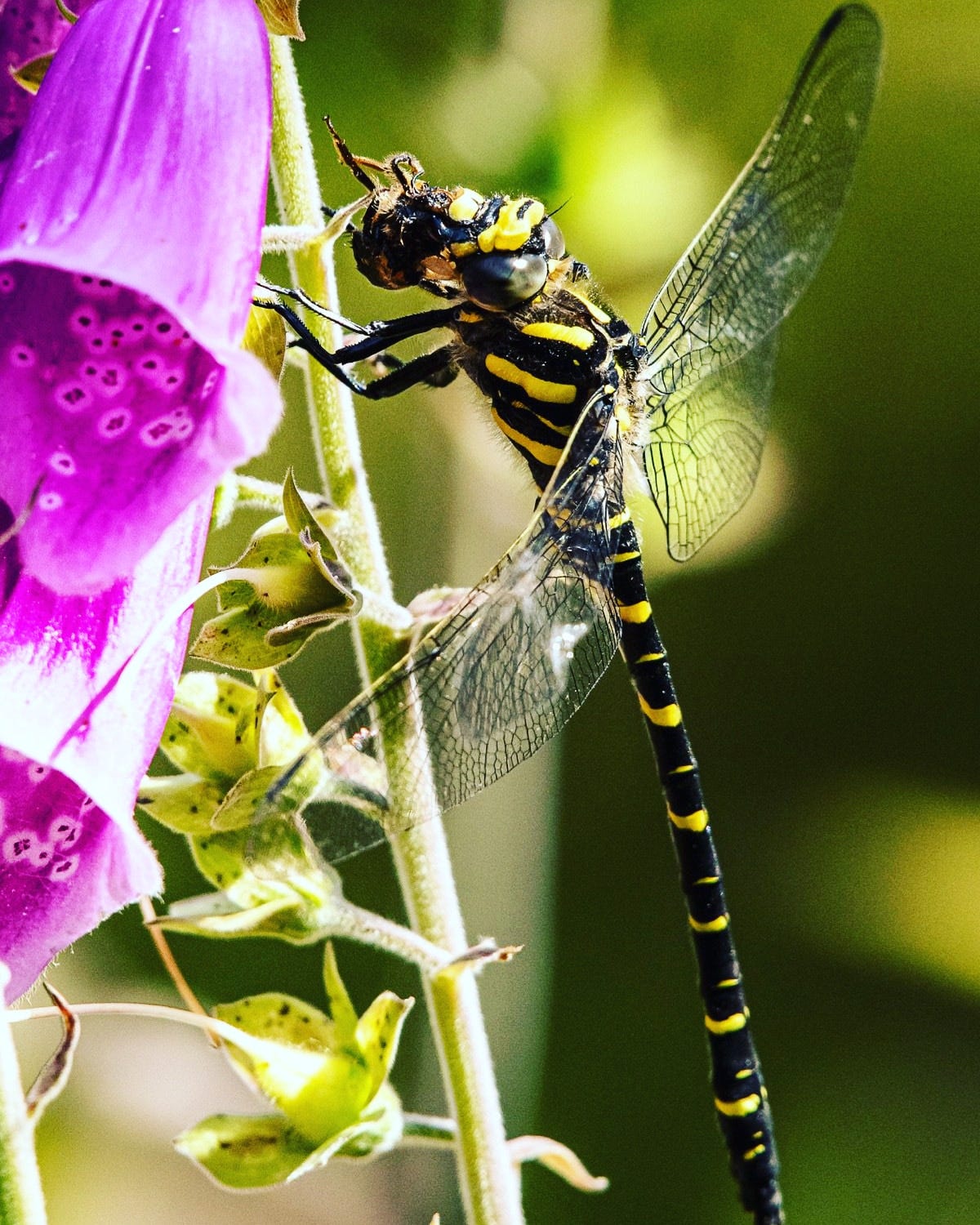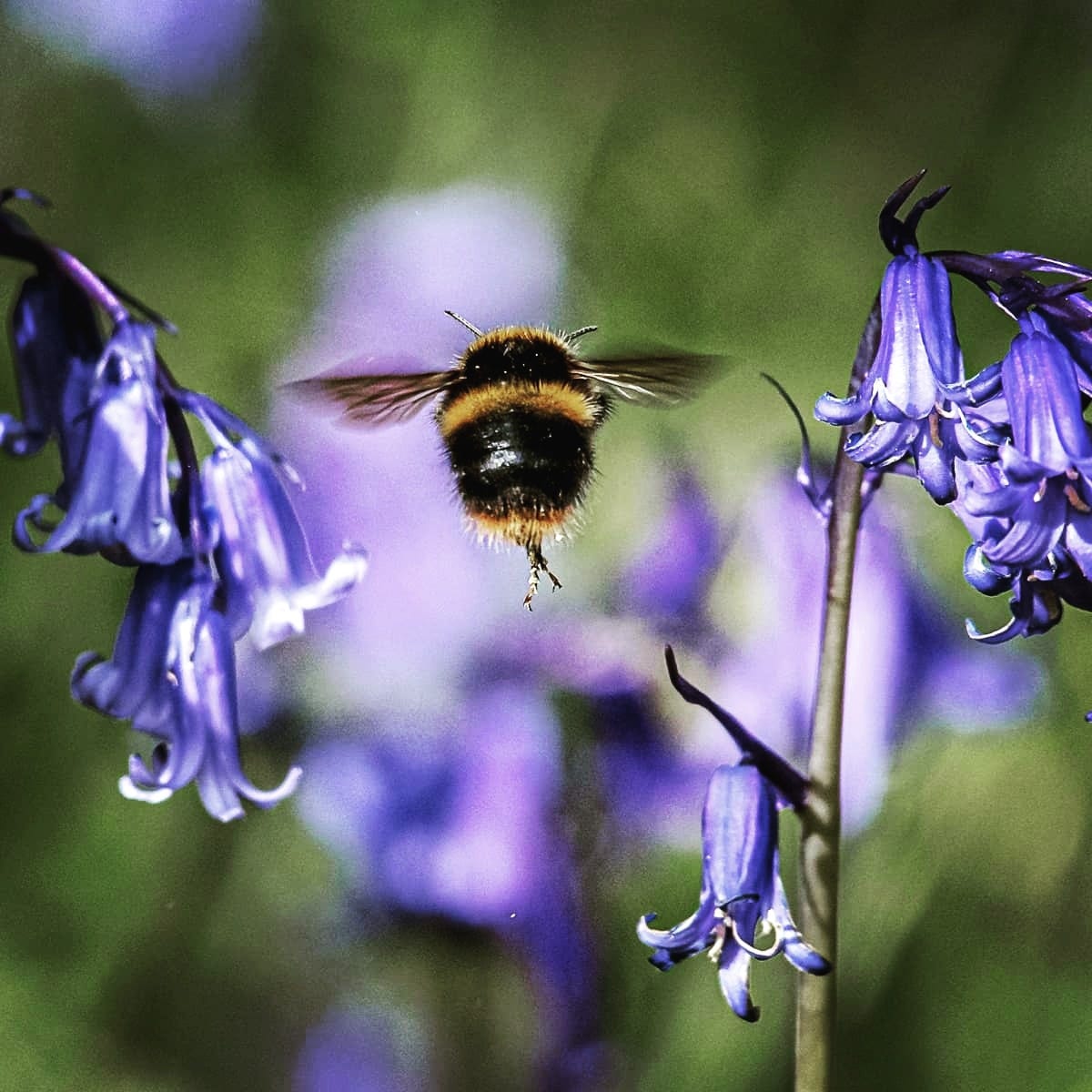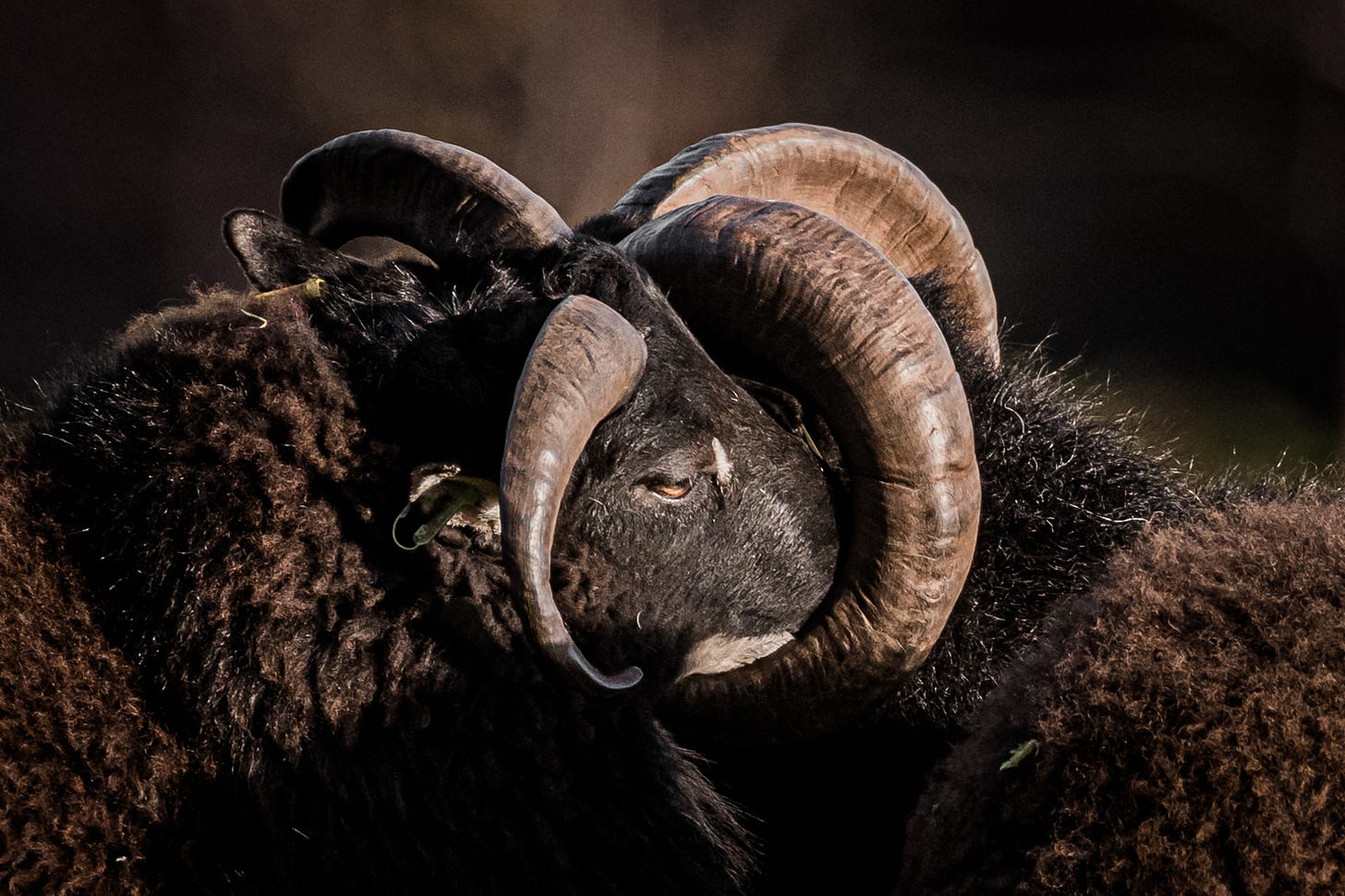Wildlife Photos of The Year
Our favourite rewilding photographs straight from LettsSafari parks and gardens.
This week the BBC announced their winning entries for Wildlife Photographer of the year 2025. As a result, we thought we would share some of our favourite photographs straight from LettsSafari parks. Who knows, we might turn it into LettSafari’s own annual rewilding photo of the year awards.
A dragon fly eating a bee in a woodland glade full of pioneering foxgloves in LettsSafari’s Sunrise Park. It powerfully demonstrates the fragility of nature.
Photographer: Louise Kear.
Dragonflies are ancient insects with exceptional flight and hunting abilities; they can fly backward, hover, and fly upside down, making them highly accurate predators with a near 360-degree field of vision. They can consume up to 100 mosquitoes a day and spend the majority of their lives in the water as nymphs.
A wild bee flying freely between the bluebells in LettsSafari’s Dawlish Park, Exeter City.
Photographer: Louise Kear.
The majority of wild bees are solitary bees, with around 240 species, and they are the main pollinators for crops. These bees don’t live in hives or have queens, but instead build their own nests, often in the ground or in holes in wood. Bumblebees also have the ability to “buzz pollinate,” which is a high-pitched buzz to release pollen from certain flowers. Both bumblebees and solitary bees have unique ways of carrying pollen, such as using pollen baskets on their back legs or specialised hairs.
A stunning common blue butterfly sitting on a wild grass husk in the lower gardens in Exeter’s Capability Brown gardens.
Photographer: Louise Kear
Wild grass husks are the dry, protective outer layers (botanically known as the lemma and palea) of grass grains. They have multiple functions in nature and various practical uses, ranging from ecological roles in seed biology to applications as an agricultural byproduct. LettsSafari parks and gardens flow with them.
The incredible private Capability Brown gardens fusing environmental art with rewilded cascade gardens on the north eastern edge of Haldon Hill in Exeter City, Devon.
Photographer: Jem McCluckey, Reflexeye
Rewilding and art improves human well-being. Research has found that engaging in outdoor nature conservation activities can significantly improve people’s emotional and physical health, potentially reducing the number of GP visits needed.
A planet reinvented - photo from space. Can we discover a greener, wilder future - or will it be forced on us?
Photographer: Computer Generated.
Nature restoration is a job creator: In the United States alone, the ecosystem restoration industry is valued at $25 billion and employs more people than the coal, logging, or steel industries. Every $1 invested in restoring degraded landscapes can yield an estimated $7 to $30 in economic benefits through “ecosystem services” like clean water, pollination, and climate regulation.
Badger Faces locking horns in LettsSafari’s Dawlish Park, Exeter. Are they friends or foe?
Photographer: Louise Kear
The Badger Face has two types, with opposite colours. The breed has two distinct colour patterns: the Torddu (Welsh for “black belly”) and the Torwen (”white belly”). They are hardy, effective small herbivores. The rare breed’s ancestors can be traced back as far as the 7th century, when they were known by the old name “Defaid Idloes” after Saint Idloes.
A Soay chewing cud in the cold of winter in LettsSafari’s Sunrise Park.
Photographer: Philip Letts
Soay herbivores are an ancient breed, famous for their self-shedding fleece, which means they don’t need shearing. They have unique traits like horns on both males and females and are more like goats in behaviour, as they lack a strong flocking instinct and scatter when herded. Self-shedding fleece: Their wool naturally sheds once a year, a process known as “rooing”. They date back to the Iron Age or even the Stone Age.
One of Capability Brown’s magnificent ancient Cedar trees standing at nearly 70 metres high in the heart of Exeter’s Capability Brown gardens.
Photographer: Philip Letts
Capability Brown, the famous British landscape designer, earned his nickname by telling clients their properties had the “capability” for improvement, and his landscapes are famous for their natural, flowing appearance achieved through serpentine lakes, clumps of trees, and the hidden ha-ha ditch. Brown’s style moved away from formal gardens to create an idealised “natural” look, often copying features from picturesque paintings.
Get more LettsSafari updates and wildlife photos from our twitter. And read the latest posts at the LettsSafari + website.









